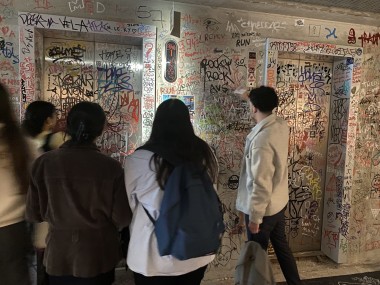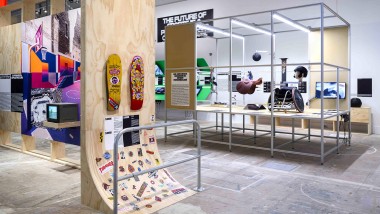
Ancient Greek and Roman sculpture
Ancient Greek and Roman sculpture
Sculpture is without doubt the best-known feature of ancient Greco-Roman art, belonging to what we call “classical” culture, the foundation stone of Western art. Relatively few original Greek works remain, most of which are fragmentary and many bronzes have disappeared. We have Roman copies to thank for our better knowledge of Greek statuary, as the Romans were for the most part inspired by Greek models which they imitated and reinterpreted.
The history of Greek sculpture can be defined by the search for beauty, the representation of the human body, and the mastery of ever greater realism. Initially influenced by the Orient, the great sculpture emerged during the Archaic period from the 8th to 6th centuries BC. The way representations of male nudes and draped figures evolved can be seen in the production of kouroï (young men) and koraï (young girls).
The Classical period is regarded as the peak of statuary, from the 5th century BC to the reign of Alexander the Great. Represented by sculptors like Phidias, Myron, Polykleitos, then Praxiteles and Lysippos, it signalled an advance in mastering anatomy and the pose. The technique of bronze casting made it possible to create large works, though it is extremely rare to find any that are preserved intact like The Charioteer of Delphi, the Artemision Bronze, or Riace Bronzes.
The Hellenic period, which ran from the death of Alexander in 323 BC until the Roman conquest, gave us works like the Venus de Milo, the Laocoön in the Vatican, as well as the Winged Victory of Samothrace. Artists were then trying to give the figures movement and greater expressiveness.
As far as the Romans were concerned, the Greeks had invented everything in the artistic domain, which explains their frequent recourse to copying. The Greek models provided a whole aesthetic vocabulary that was dedicated to emperors and a powerful political message, as well as to private commissions for great families. More than the artists, it was the commissioners who controlled production and gave their names to the works. Portraiture reached an unprecedented level of realism; it was the means of political expression favoured in the Roman period.


Art & sport : embarquez pour une aventure aussi esthétique qu’énergique à travers la France !
Article - 3 mai 2024
Loading, au Grand Palais Immersif : dans les yeux de nos jeunes visiteurs
Article - 25 avril 2024

